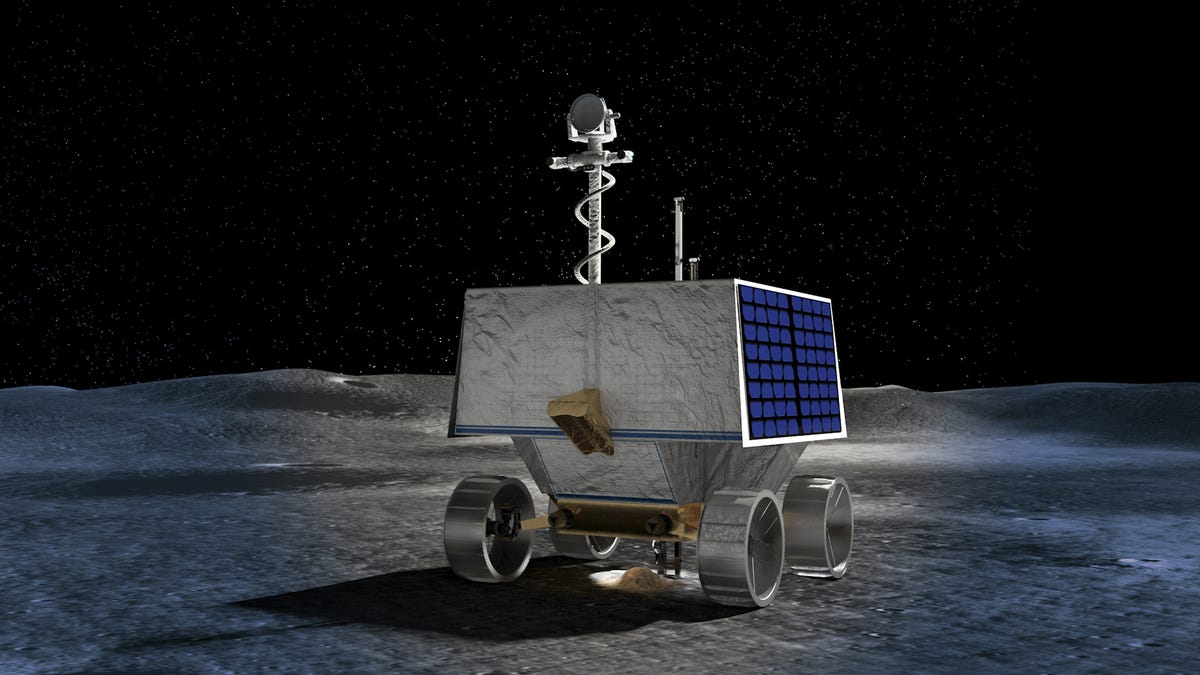NASA selects unexplored region of moon for water-seeking Viper lunar rover
The rover will head for one of the coldest areas in our solar system to look for water.
NASA's Artemis program isn't just about getting humans back to the moon. It's also about sending machines, including the water-hunting Viper lunar rover. This week, NASA unveiled the rover's destination: the unexplored Nobile region of the moon's south pole.
Viper stands for Volatiles Investigating Polar Exploration Rover and it's now destined to visit the western edge of the Nobile Crater. It will map the area and look for water at the surface and below.
NASA describes the lunar south pole as "one of the coldest areas in our solar system."
The Nobile region is home to plenty of shaded areas that are prime spots to look for ice. The solar-powered Viper is aiming for a 100-day mission. It will be able to drill, collect and analyze samples. Researchers hope that learning about water and other resources in this area of the moon will help them plan future crewed missions to the surface.
NASA shared a video tour of the landing site, including a possible route the rover might cover.
NASA is particularly interested in ice deposits on the moon since our lunar neighbor is a cornerstone of the space agency's plans for human exploration farther out into the solar system. Water is very difficult and expensive to transport through space, so NASA is looking at ways to access resources that are already there on the moon and, eventually, Mars.
Viper is scheduled to launch in 2023 on a SpaceX Falcon Heavy rocket. It will ride along with space robotics company Astrobotic's Griffin lander, which will escort the rover to the lunar surface.
All of this work could help set the stage for a long-term human presence on the moon. It might be relatively close to us, space-wise, but it's a long way from home.


